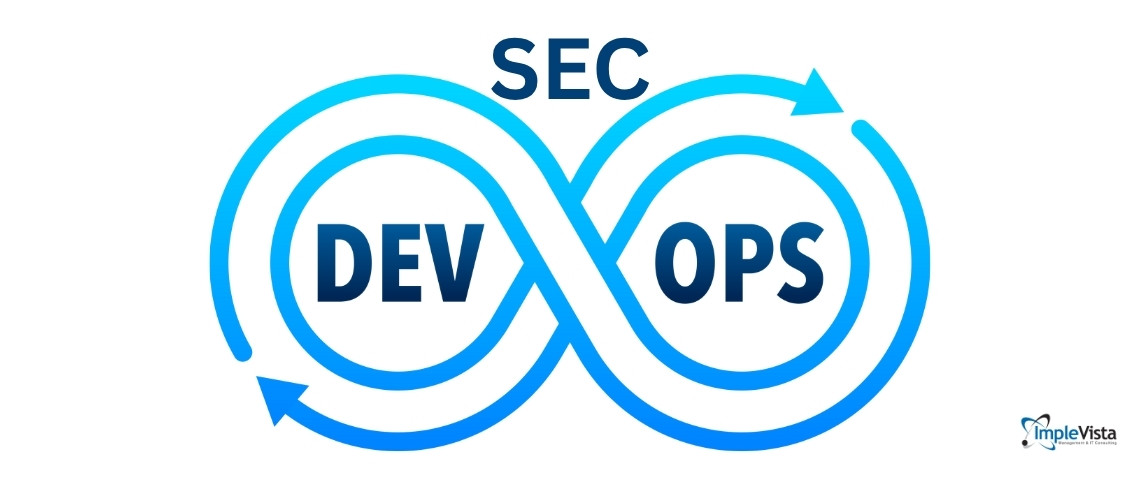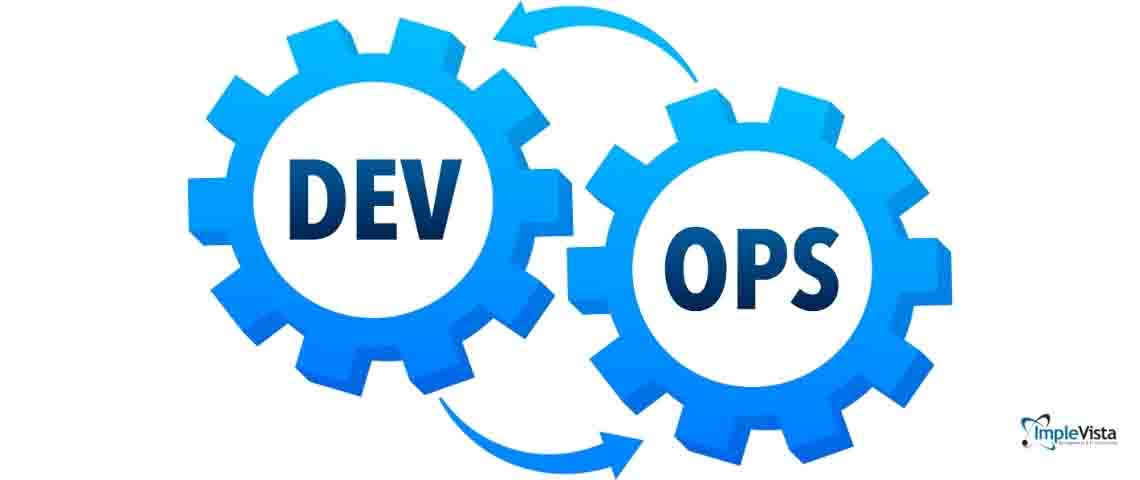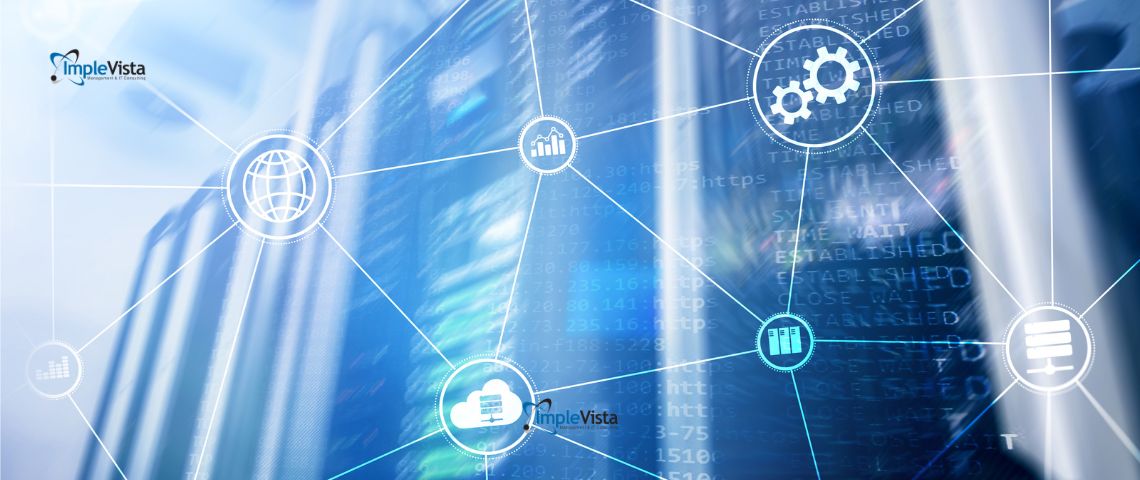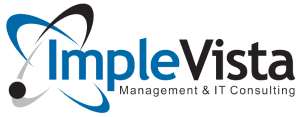DevSecOps is the practice of integrating security deeply into development and operations workflows. Instead of treating security as an afterthought, DevSecOps embeds automated tests, scans, and code reviews throughout the software lifecycle. This “shift-left” approach means developers and engineers catch vulnerabilities early – during design, coding, and build – rather than waiting until deployment.
Nearly every organization today has DevSecOps initiatives underway, reflecting how critical it is to “bake in” security without slowing delivery. With 90% of firms moving toward DevSecOps in some form, it’s clear that security-as-code is the new normal. DevSecOps leverages automation (vulnerability scanners, static analysis, compliance checks) and cultural change (shared responsibility for security) to protect projects from day one.
- DevSecOps makes security a shared, automated part of the development workflow.
- It emphasizes shift-left testing – adding security early – to prevent costly fixes later.
- By using tools like container scanners, SAST/DAST tools, and policy-as-code, teams can move fast and stay secure.
Why DevSecOps Matters in Modern Development
In today’s fast-paced software lifecycle, developers deploy code multiple times per day. Traditional security (with slow, manual audits) can’t keep up. DevSecOps bridges that gap by embedding security into continuous integration and delivery (CI/CD) pipelines. Security becomes part of the code and cloud environment, not a gate at the end. Key benefits include:
- Faster, Safer Releases: Automated security tests (vulnerability scanning, static code analysis) run with every build, so issues are caught early and fixed quickly.
- Consistent Compliance: Automated compliance checks ensure standards (e.g. PCI DSS, GDPR) are met continuously, not just at final review.
- Developer Empowerment: Developers use secure coding libraries and get immediate feedback on flaws, turning security into a “code-first” practice.
These practices are critical in cloud DevSecOps environments, where infrastructure is ephemeral. For example, Infrastructure-as-Code (IaC) templates (like Terraform) can be automatically scanned for misconfigurations. Policies (using tools like Open Policy Agent) are enforced in code form, making security as automated as code deployments. Even containerized apps are scanned for vulnerabilities (using tools like Clair or Trivy) before they’re deployed to Kubernetes or cloud. Such “security as code” ensures that every commit and every container image is checked against security standards.
For more on our approach, see how Implevista’s cloud solutions integrate DevOps and security, or read our blog on Cloud and DevOps.

1. Shift-Left Security and Security as Code
“Shift-left” means testing security early in development. Instead of waiting for final testing, DevSecOps teams integrate security into every phase: planning, coding, building, testing, and releasing. They use security-as-code – writing security policies and rules in code – so they can version-control and automate them. For instance:
- Automated code scans: Tools like SonarQube, GitHub CodeQL, or open source linters run on every pull request, flagging insecure code (hardcoded secrets, SQL injection risks, etc.) immediately.
- Dependency checks: Software Composition Analysis (SCA) tools (e.g. Snyk, Dependabot) scan libraries for known CVEs, blocking builds if critical dependencies are outdated.
- IaC scanning: Terraform or CloudFormation files are checked with tools like Checkov or tfsec to prevent exposing cloud credentials or using insecure configs.
By shifting security left, teams build security in from the start. For example, a developer might write an HTTP request handler and immediately run a static analysis scan. If it violates a security rule (e.g. unescaped input), the pipeline fails and the code is fixed on the spot. This avoids the old model where code ships and security finds issues later, causing rework.
2. Automated Vulnerability Scanning in Pipelines
Automated scanning tools are at the heart of DevSecOps pipelines. They run in CI/CD to catch issues continuously:
- Static Application Security Testing (SAST): Scans source code or binaries for patterns (like buffer overflows or XSS) without running the app. Popular tools include SonarQube, Fortify, and open-source scanners. Integrating SAST into pull requests helps devs fix flaws instantly.
- Dynamic Application Security Testing (DAST): Tests running applications (in a test environment) by simulating attacks (SQLi, CSRF, etc.). OWASP ZAP and Burp Suite are common DAST tools. In DevSecOps, DAST runs nightly or per release against staging apps.
- Container Image Scanning: Container images (Docker, OCI) are scanned for OS and library vulnerabilities. Tools like Clair, Anchore, or Aqua scan images either during build or before deployment. This catches things like an outdated base image with known exploits.
- Dependency Scanning (SCA): Checks third-party libraries against vulnerability databases. For example, GitLab CI can run npm audit or mvn dependency-check as part of the build.
Each of these scans is automated in the development workflow: code is pushed, CI builds it, then runs these scanners. If any high-severity issue is found, the build pipeline fails, and the team gets notified. This enforces security without manual steps, accelerating development rather than delaying it.
3. Secure Code Reviews and Peer Collaboration
DevSecOps also encourages secure code reviews. Beyond automated tools, human review catches context-sensitive issues. Strategies include:
- Threat Modeling and Pull-Request Reviews: Developers use checklists or threat models during design. When a PR is submitted, reviewers check for security concerns (e.g. authentication flow flaws). Tools like GitHub’s code review and branch protection rules can enforce that at least one review occurs.
- Pair Programming with Security Champions: Assign team members as “security champions” who mentor others on secure practices and spot issues early. This cultural shift makes everyone responsible for security.
- Knowledge Sharing: Regular “lunch & learn” sessions or documentation on common pitfalls (like cross-site scripting) help devs avoid mistakes.
While automated SAST catches many problems, manual review is vital. For example, a static analysis tool may not catch a broken access control. A security-savvy reviewer might notice flawed logic when the code is being merged. Combining both automated and manual reviews ensures code is secure and meets compliance before it goes live.
4. Continuous Compliance and Audit as Code
Regulatory compliance (e.g. GDPR, HIPAA, PCI DSS) is a major driver of DevSecOps. Teams use Audit as Code or Compliance as Code practices:
- Policy-as-Code Tools: Solutions like Open Policy Agent (OPA) or Chef InSpec let you write compliance rules (e.g. “all data must be encrypted”) in code form. These policies are then automatically enforced. If a violation is detected (say, encryption disabled), the pipeline alerts or blocks deployment.
- Automated Audits: Tools like AWS Config Rules, Azure Policy, or open-source Terraform Compliance can continuously check cloud setups. For instance, AWS Config can ensure S3 buckets aren’t public.
- Reporting and Dashboards: CI/CD dashboards (e.g. in Jenkins or GitLab) can show compliance status. Over time, this audit trail makes passing security reviews faster since you have evidence of continuous checks.
With DevSecOps, compliance checks are just another step in the CI/CD pipeline. As one example, Implevista helped a financial client automate PCI compliance by baking encryption and logging requirements into their deployment code. This meant every release automatically generated compliance reports, saving weeks of manual auditing. Such practices allow organizations to meet strict security standards without slowing down delivery.

5. Container Security in DevWorkflows
Containerization (Docker, Kubernetes) is common in modern development. DevSecOps ensures containers themselves are secure:
- Minimal Base Images: Use lean base images (e.g. Alpine) or distroless images to reduce attack surface.
- Image Scanning: Before pushing an image to a registry, scan it for vulnerabilities. For instance, a GitLab CI job might run Trivy on every Docker build. If a critical CVE is found, the build fails.
- Runtime Defense: Tools like Falco or Kubernetes Pod Security Policies monitor running containers for unexpected behavior (e.g. someone installing a package in a running container). Alerts can feed back into the pipeline metrics.
For example, an e-commerce platform might build its services in containers. DevSecOps means as soon as developers commit code, the CI builds Docker images and runs a scanner like Clair. If any high-risk library is detected, the CI job reports it immediately. This feedback loop empowers teams to fix or patch before the image ever reaches production.
6. Static Analysis and Code Quality
Static Application Security Testing (SAST) is a core DevSecOps practice. These tools analyze source or compiled code without execution, catching issues like SQL injection, hard-coded passwords, or insecure cryptography. Key points:
- Integrate in CI: Add SAST scanners (SonarQube, ESLint with security plugins, Bandit for Python, etc.) to your CI jobs. Results appear in merge requests.
- Rule Configuration: Customize rules to your codebase and risk level. For instance, enforce no use of deprecated crypto functions.
- Actionable Reports: Developer-friendly output (highlighting exact line and suggestion) encourages fixes.
Static analysis doesn’t slow down development if done right. Many tools can be incremental (only analyzing changed files), and low-priority issues can be recorded but not block a build. The goal in DevSecOps is continuous code quality with a security focus.
7. Real-World Tools and Processes
Here are examples of tools and processes that companies use to build secure custom solutions with DevSecOps:
- CI/CD Platforms: Jenkins, GitLab CI, or GitHub Actions can orchestrate security steps. For example, a GitLab pipeline might include stages for “Build”, “Test”, “SAST Scan”, “Container Scan”, “Deployment”. Each stage can auto-fail on security findings.
- SAST Tools: SonarQube, Checkmarx, open-source Semgrep, or GitHub Advanced Security (CodeQL). These catch code-level flaws.
- DAST/IAST Tools: OWASP ZAP or Burp for dynamic testing; Contrast Security or Seeker for interactive (IAST) analysis inside apps.
- SCA Tools: Snyk, Dependabot (GitHub), WhiteSource or Black Duck for license and vulnerability scanning of open-source dependencies.
- Container Scanners: Aqua Trivy, Anchore, or AWS ECR’s built-in scanner.
- Secrets Management: Vault (HashiCorp) or cloud key vaults ensure no plaintext secrets in code. Pipelines fetch secrets at runtime securely.
- Logging & Monitoring: Centralized logs with tools (Splunk, ELK Stack) and monitoring (Datadog, Prometheus) to detect anomalies. Automated alerts (e.g. unusual login attempts) tie back to the security team or trigger automated responses.
By combining these tools, a DevSecOps pipeline might look like: Developer → Push code → CI builds artifact → Run SAST/Scans → Deploy to sandbox → Run DAST/Integration Tests → If all green, deploy to production. At each arrow, security is automatically checked.
8. DevSecOps in the Cloud
Cloud environments (AWS, Azure, GCP) amplify the need for DevSecOps. The dynamic nature of cloud means infrastructure is code and mutable. DevSecOps handles this by:
- Cloud Security Posture Management (CSPM): Continuously scanning cloud accounts (e.g. AWS Config, open tools like Cloud Custodian) for insecure settings.
- Infrastructure as Code (IaC) Security: Scanning Terraform, ARM, or CloudFormation templates before provisioning. Ensures least-privilege IAM roles, encrypted storage, etc.
- Serverless Security: For serverless functions (Lambda, Azure Functions), include dependency checks (as with regular code) and ensure safe execution policies.
For example, Implevista’s cloud team worked on a project where every Terraform plan was checked with Terraform-compliance. The CI job would reject any changes that, say, exposed a database port to the internet. This ensured that cloud infrastructure changes automatically adhered to security rules.
9. Building a Security-First Culture
Finally, DevSecOps is as much about people and processes as it is about tools. Recommendations include:
- Training & Awareness: Teach developers secure coding basics (e.g. OWASP Top 10) and how to use the security tools in the pipeline.
- Security Champions: Appoint developers who focus on security to guide teams.
- Metrics & Feedback: Track metrics like “time to fix vulnerabilities” or “scan coverage” to drive improvement. Celebrate teams that fix issues quickly.
By making security everyone’s job, teams stop seeing it as a bottleneck. They view security checks as helpful feedback. Over time, this culture shift significantly reduces risky code and speeds compliance.
Internal Links: Learn how Implevista’s DevOps services integrate these security best practices, and see examples of our digital solutions that emphasize secure development. Even our travel portal, IVTrip, follows rigorous DevSecOps to protect user bookings.
Conclusion
DevSecOps brings security into the DNA of development workflows. By automating vulnerability scans, code analysis, and compliance checks, teams can move quickly without compromising safety. Shift-left testing and “security as code” mean that protection happens early and continuously. Using the right mix of tools (SAST, SCA, container scanners) and practices (secure coding reviews, policy-as-code), organizations build custom solutions that are both innovative and secure.
Ready to strengthen your development workflow? Contact Implevista today to learn how our cloud and DevOps experts can help you implement DevSecOps. Explore our services page for secure development offerings, subscribe to the Implevista blog for the latest tech insights, or read our related post on cloud security best practices for more information.

FAQs
- What is DevSecOps?
DevSecOps stands for Development, Security, and Operations. It’s an approach that integrates security practices directly into software development and deployment workflows. Instead of tacking security on at the end, DevSecOps uses automated tools (like vulnerability scanners and code analyzers) and collaborative processes so that security is a shared responsibility from day one. - Why is shift-left testing important in DevSecOps?
Shift-left testing means moving security checks earlier in the development cycle. In practice, this means developers run security tests during coding and building, not just before release. This catches issues sooner, reducing costly fixes later. For example, a developer can run a static analysis scan on new code and fix any flaws immediately, keeping the project secure without slowing progress. - What tools are commonly used in DevSecOps?
Common DevSecOps tools include static analysis tools (SonarQube, CodeQL), dependency scanners (Snyk, Dependabot), container security (Trivy, Clair), and policy-as-code frameworks (Open Policy Agent, Checkov). CI/CD platforms (Jenkins, GitLab CI) orchestrate these tools in pipelines. Security Information and Event Management (SIEM) tools and cloud security scanners (AWS Config, Azure Policy) are also used to ensure continuous protection. - How do I integrate automated vulnerability scanning?
Integrating scanners typically involves adding a step in your CI pipeline. For example, after building your app, you might run a SAST tool to scan the codebase, and an SCA tool to check library vulnerabilities. If you use Docker, you can add an image-scanning step right after the Docker build. The CI job can be configured to fail if critical vulnerabilities are found, alerting the team to fix them immediately. - What is Security as Code?
Security as Code means defining security controls and policies in a programmable way, just like software code. This can include writing infrastructure rules (e.g., “all databases must use encryption”) in code form (policy-as-code) or managing firewall rules in scripts. When security requirements are coded, they can be versioned, reviewed, and automated in the same CI/CD pipelines as application code. - How does DevSecOps help with compliance?
DevSecOps automates compliance checks so that regulations are continuously enforced. For instance, compliance rules (like data retention limits) can be encoded as automated tests. CI/CD pipelines run these tests whenever code or infrastructure changes, generating audit trails. This means meeting standards like GDPR or HIPAA happens as part of normal development, rather than a separate audit project. - What’s the difference between DevOps and DevSecOps?
DevOps focuses on automating and streamlining development and operations for faster delivery. DevSecOps adds a security layer to that process. While DevOps might emphasize CI/CD and infrastructure automation, DevSecOps adds automated security tests, compliance gates, and a culture where developers are accountable for security. In short, DevSecOps = DevOps + Security. - Can DevSecOps slow down delivery?
Properly implemented DevSecOps should not slow delivery. In fact, it often speeds it up by preventing late-stage rework. Automated scans and tests run in parallel with build processes. Any issues are caught in seconds or minutes, not weeks later. Developers fix flaws immediately, saving time. Thus, security and speed go hand-in-hand with the right DevSecOps pipeline. - How do container images fit into DevSecOps?
Containers are widely used in modern dev workflows, so they need security too. In DevSecOps, container images are scanned automatically before deployment. For example, after building a Docker image, the CI/CD pipeline runs a scanner like Trivy to find CVEs in the base image or libraries. If high-risk issues exist, the pipeline blocks the deployment. This ensures only secure containers go to production. - How can I start implementing DevSecOps at my company?
Begin by educating your team and choosing one part of the pipeline to secure first. Add a simple security tool (like a linting rule or vulnerability check) to your existing CI jobs. Gradually expand: integrate SAST, then dependency scanning, then container scanning. Cultivate a culture of shared responsibility (security champions, regular security reviews). Implevista’s experts can help you map out a DevSecOps roadmap tailored to your needs – just contact us to get started.




